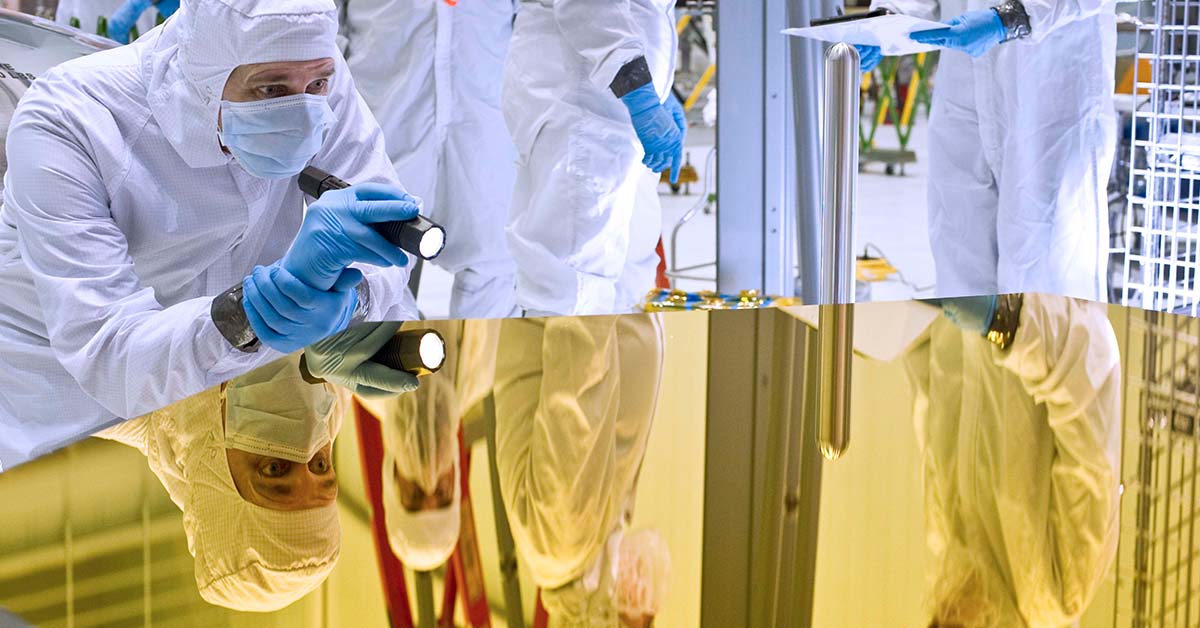All things come to those that wait… or so the proverb tells us. Well I’m not entirely convinced this is a universal truth, but it is certainly a fitting way to describe one of the largest and most heavily publicised space projects of recent years; the James Webb Space Telescope, or JWST. This is a project led by the US National Aeronautics and Space Administration (NASA) in collaboration with the European and Canadian space agencies.
Originally conceived in 1996, the Next Generation Space Telescope (as it was previously known prior to being renamed the JWST) was designed as a successor to the Hubble Telescope. Hubble had launched in 1990, but had disappointed many with the data returned primarily as a consequence of a flaw on one of the telescope mirrors. NASA scientists were able to correct this error, but at vast expense and over the course of multiple years.
However, after overcoming these technical challenges, Hubble has helped to resolve some of the longest standing questions in astronomy, including the origins and expansion of the universe, and the nature of black holes and supernovas. But, while Hubble has helped make many important scientific breakthroughs over the last 3 decades, its aging technology is limiting its output today. It is also in close orbit with the Earth, which means it encounters considerable amounts of thermal and optical interference from both the Earth and the Moon. Ultimately, to look further into space, we really need to escape the orbit of Earth with the latest technology. This is what the JWST will offer.
You only need to take a quick look at an image of the JWST to understand why I’m writing this blog. Its primary mirror segments, undoubtedly the most critical pieces of technology on the telescope, stand 6.5m tall in total, and are comprised of a metal called beryllium (which is tough, lightweight and stable at very low temperatures) coated with a microscopic layer of pure gold. The reason? Well gold is one of the very best materials at reflecting infrared light, which is how the JWST will peer into the universe. Combine this with gold’s stability, and you have the ideal material to observe the cosmos from the harsh conditions of space.
I have followed the development of the JWST since I began working for the World Gold Council in 2009. The project has been complicated and beset by many challenges and delays, but its launch is currently scheduled for the 25th of December 2021 in French Guiana (weather permitting). Ultimately, the JWST will give humanity the opportunity to understand even more about the universe via its stunning gold-plated mirrors. This is probably the most visible example of gold’s utility in space exploration, but there are many other critical applications as we describe in episode 1 of the Golden Thread. Indeed in many ways this is a perfect story of circularity; a metal that was born in distant stars billions of years ago is now at the heart of the technology crucial to seeing further into the universe than ever before.


